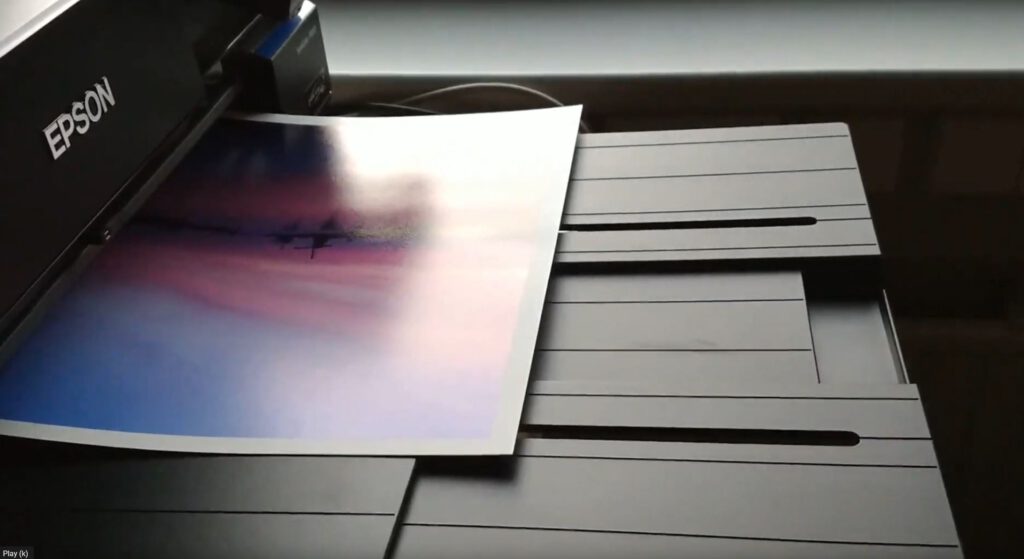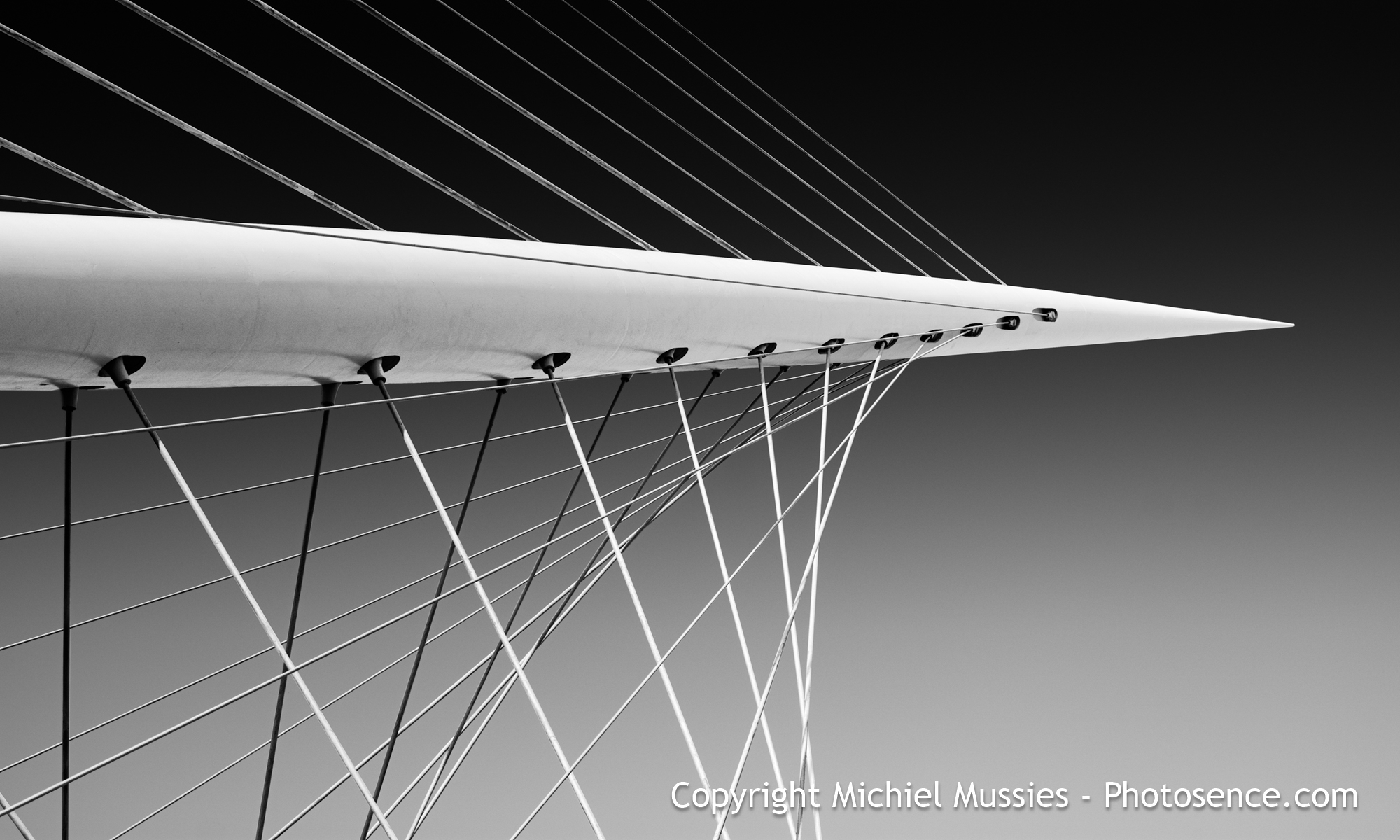Any product or possible experience is probably covered on the internet more than once.
Today we are talking about an exception.
There is not a lot of information out there, that tells us why it is a good idea to turn our digital
images into solid, beautiful prints.

Self published books, printers (the machines), print-services, printing paper-,
printing apps for cell phones? YES: all well promoted and advertised.
For the already convinced owners of printers there are tutorials and
commercials, both urging to stay busy and to get the greatest of the latest, but that is all.
Believe me, I looked; I found no material about the WHY of printing your own digital photo’s.
Any simplistic general why and how appears to be hidden and the same goes for specific creative ideas
and practical instructions for any true newcomer.
I can think of some reasons. The proof is in the tasting not in reading about it, for instance.
Print services are easy, creating larger than postcard sized prints is not hip and getting your hands dirty is only appreciated
when it is home delivered, unboxable or edible.
Now, if no-one ever wrote about things worth considering, I would live a much smaller world.
All together, I see ample reason to make a case that when you deeply enjoy shooting photographs,
you should really really try printing your images for yourself.
Long story short: TRY IT, see how you fare, .
An earnest attempt to educate yourself a bit about printing -or prints in general-
will make your life more rich and will make you happy for having tried.
With practice and patience, things usually work out surprisingly well and as soon as they do, you will know that
have opened a door to creative possibilities that contribute to the quality of your photography as well as
your sense of creative reach at large.
Fair warning: to print yourself means you have to invest time and money.
If you want a modest budget start, begin by sending your pictures to a printing house.
Whatever route you take, to print means that you will need to know how to colour manage your workflow.
You don’t want prints coming back that look all different from when you last saw them on your screen.
Luckily there are plenty of tutorials about colour management out there.
Here are some other facts and details you may want to consider:
cell phone images with a low resolution don’t come out very well on a larger scale,
and small sized prints have a lot less impact than larger ones.
Printing paper is not just any other printing paper. The actual material, its texture and -weight, types of gloss or no gloss
make a lot of difference to final results.
Naturally, if someone else does your prints for you, and they make these choices in your stead the results may not appeal to you.
Last but not least: prints that make you unhappy may reflect shooting habits that you may want to change*.
The beauty of physical prints, especially when you have only seen your photos on screens
is an event you have to undergo for yourself; it is much more then just a visual experience.
Like a good wine there are depths and surprises that you can only come to know (and appreciate) through first hand experience.
Of course these are still just words and I do want to keep it straight and simple here.
I just hope that I manage to tempt you to at least give it a go for yourself.
You don’t need to own a printer, you can join a photo club or find a good printing house for starters.
A good house is one that will work with you, will give you solid advice without pushing a sale and
who’s staff will help you develop insight and experience with your projects.< br/>
If you’re quick to give up -because you don’t like the initial outcomes-
remember that prematurely giving up may mean short changing yourself without knowing it.
Because, when the whole thing catches on, your prints will breathe new life into your shooting too.
Prints know endless variety, endless opportunity to refine and create what suits you well.
Try a different paper, a different soft proof, a different printer setting or a different printing house.
That’s all actually, but before I close off- a word about popular printing services
that help you create your own printed photo albums and (photo-)
books. They will often require you to deliver your images in an sRGB colour space
and sRGB is a very, very limited range (created for web/screen display)
that will take away a lot (if not all) of the nuance and
depth that you may have worked hard for in your final images.
If prints come back flat or dull and you use sRGB, switch your camera settings
and your software to a larger colour space, preferably AdobeRGB or ProphotoRGB and
start learning to shoot your images in RAW format. If you depend on a service, find one
that accepts larger colour spaces than sRGB.
*If you want to take it further, and take control get a quality desk printer,
read about models and brands in photo forums and drop queries in youtube’s search bar
for anything printing related.
Colour manage your tools and workflow from in-camera settings and regularly
calibrate your monitor. Use a digital darkroom (capture one, lightroom, or an opensource app)
to wisely develop, soft proof and print your images.
Use appropriate profiles for your paper/printer combination with your favorite (or best) printer settings.
Swap your sRGB gamut for adobeRGB and shoot RAW. Study and practice, going deep pays off.
